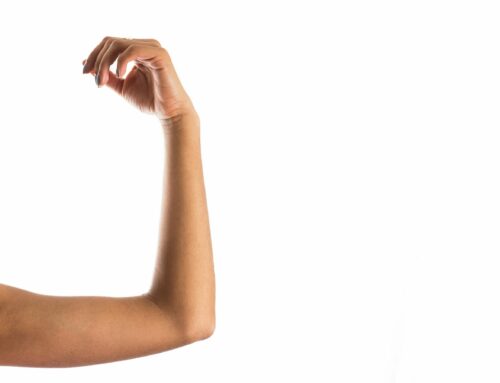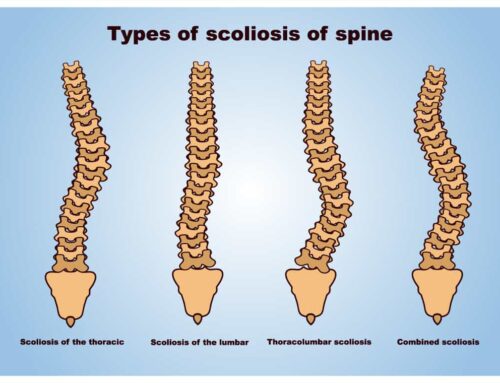Whiplash is a neck injury sustained during a car accident or even a fall. The neck is pushed in one direction and suddenly pushed back in the other. For example, if you were rear ended, the neck will move forward first and then be pushed back at the end of the collision. Such an impact not only injures the joints but also muscles and nerves around the neck. Hence, whiplash is a complex condition with injury to a lot of different structures around the neck. As a result the recovery can take months to heal completely.

What are the symptoms of whiplash?
According to a research done by University of Queensland about whiplash, the injuries are usually graded on a severity scale between 0-4.
| Grade 0 | No pain or discomfort. No physical signs of injury. |
|---|---|
| Grade 1 | Neck pain, stiffness or tenderness. No physical signs of injury. |
| Grade 2 | Neck pain, stiffness or tenderness and some physical signs of injury such as point tenderness or trouble turning the head. |
| Grade 3 | Pain, stiffness or tenderness and neurological signs of injury, such as changes to reflexes or weakness in the arms. |
| Grade 4 | Pain and fracture or dislocation of the neck. |
The symptoms of whiplash are as follows:
What is the treatment for whiplash?
Physiotherapy is the main form of treatment. It is important to start treatment as soon as possible after the accident to ensure full recovery. Our physios are skilled at diagnosing exactly which structures are injured. They will do a complete assessment followed by hands on treatment. We will also liaise with your doctor and insurance company to continue your treatment. Our Physios use the following techniques to get you back to function and recovery.
- Joint mobilizations to reduce stiffness and swelling around the joints
- Soft tissue massage to ease muscle tension and get better movement
- Exercises to strengthen the muscles and return to work
- Hydrotherapy or gym program depending on which stage you are at to help you transition to full time work





